Life
Sign up for our newsletter
We summarize the week's scientific breakthroughs every Thursday.
-
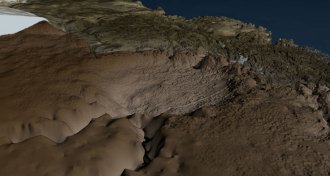 Earth
EarthGreenland crater renewed the debate over an ancient climate mystery
Scientists disagree on what a possible crater found under Greenland’s ice means for the Younger Dryas impact hypothesis.
-
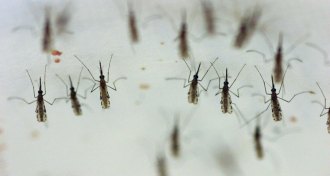 Animals
AnimalsHumans wiped out mosquitoes (in one small lab test)
An early lab test of exterminating a much-hated mosquito raises hopes, but is it really such a great idea?
By Susan Milius -
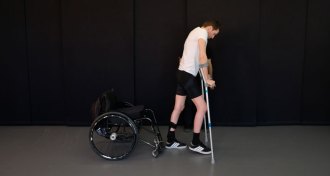 Neuroscience
NeuroscienceZapping the spinal cord helped paralyzed people learn to move again
A handful of people paralyzed from spinal cord injuries have learned to walk again.
-
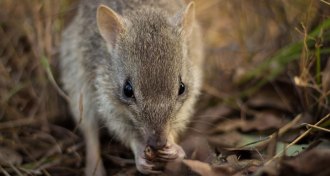 Animals
AnimalsEndangered northern bettongs aren’t picky truffle eaters
Without the northern bettong, the variety of Australia’s truffle-producing fungi could take a hit, a new study finds.
-
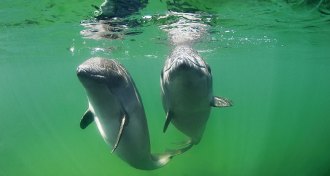 Animals
AnimalsCounting the breaths of wild porpoises reveals their revved-up metabolism
A new method tracks harbor porpoises’ breathing to collect rare information on the energy needs of the marine mammals.
By Susan Milius -
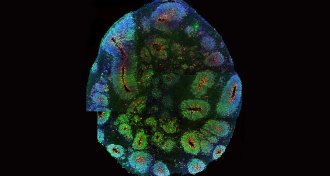 Neuroscience
NeuroscienceBig data reveals hints of how, when and where mental disorders start
The first wave of data from the PsychENCODE project holds new clues to how and when psychiatric diseases such as schizophrenia emerge.
-
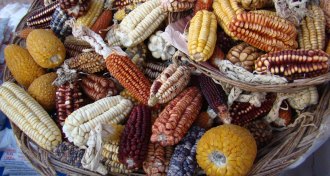 Archaeology
ArchaeologyCorn domestication took some unexpected twists and turns
A DNA study challenges the idea people fully tamed maize in Mexico before the plant spread.
By Bruce Bower -
 Neuroscience
NeuroscienceHere’s a rare way that an Alzheimer’s protein can spread
Amyloid-beta found in vials of growth hormone can move from brain to brain, a mouse study shows.
-
 Animals
Animals50 years ago, armadillos hinted that DNA wasn’t destiny
Nine-banded armadillos have identical quadruplets. But the youngsters aren’t identical enough, and scientists 50 years ago could not figure out why.
-
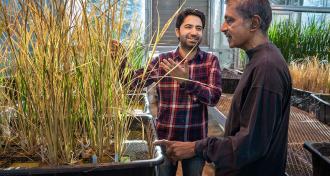 Plants
PlantsHybrid rice engineered with CRISPR can clone its seeds
New research has created self-cloning hybrid rice, raising hopes of higher food production.
By Susan Milius -
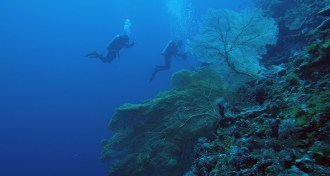 Animals
AnimalsNearly 200 Great Barrier Reef coral species also live in the deep sea
There are more coral species lurking in the deep ocean that previously thought. That could be good news for their shallow water counterparts.
-
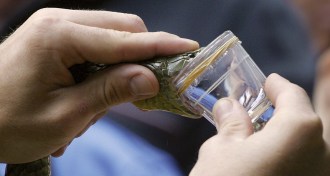 Life
LifeBiologists are one step closer to creating snake venom in the lab
Milking snakes for venom may soon no longer be needed to make antidotes for bites.